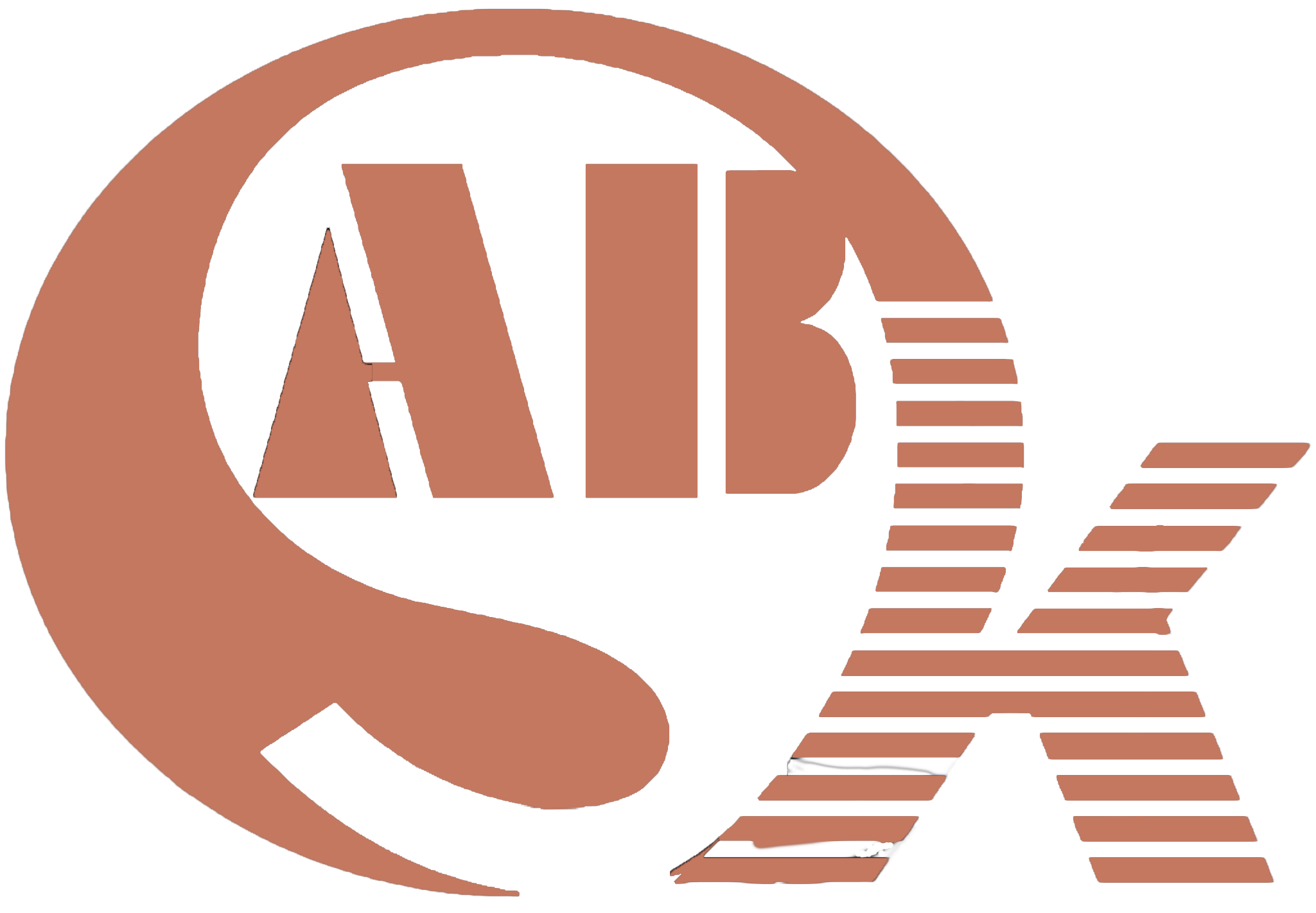Unlocking Efficiency and Precision: The Key Benefits of Welding Positioners
Welding has come a long way from its humble beginnings, evolving into a complex and sophisticated process that requires a blend of skill, technology, and innovation. One of the cornerstones of modern welding is the welding positioner – a tool that has revolutionized welding operations across industries. In this article, we delve into the world of welding positioners, exploring their benefits and how they can elevate your welding projects to new heights.
1. Precision Welding Made Attainable
When it comes to welding, precision is paramount. Welding positioners play a crucial role in achieving precision by enabling the welder to position the workpiece at the optimal angle and orientation. This precise positioning minimizes the chances of weld defects, ensuring consistently strong and reliable welds. Whether it’s intricate metal artwork or heavy-duty industrial fabrication, a welding positioner ensures that every joint is executed with the utmost accuracy.
2. Enhanced Efficiency and Productivity
Time is money, especially in the world of manufacturing and fabrication. Welding positioners significantly boost efficiency by eliminating the need for manual repositioning of the workpiece. The automated rotation and tilting functions of a rotary welding positioner streamline the welding process, allowing the welder to focus on the quality of the weld rather than the logistics of positioning. This increase in productivity translates to faster project completion times and greater output without compromising on weld quality.
3. Ergonomics and Welder’s Comfort
Welding isn’t just physically demanding; it can also take a toll on the welder’s body over time. Welding positioners are designed with ergonomics in mind, offering welders the advantage of working in comfortable positions. This not only enhances welder satisfaction but also reduces the risk of injuries associated with prolonged periods of awkward positioning. By prioritizing welder well-being, welding positioners contribute to a healthier and more motivated workforce.
4. Versatility Across Industries
The beauty of welding positioners lies in their versatility. These tools find applications across a wide range of industries, from automotive and aerospace to construction and energy. Whether it’s the fabrication of intricate parts or the assembly of massive structures, welding positioners adapt to the unique needs of each industry. This adaptability not only showcases the versatility of the equipment but also underlines its importance as a fundamental tool in modern welding practices.
5. Navigating Complex Welding Projects
Complex welding projects often involve intricate joint configurations and hard-to-reach angles. Traditional welding methods might struggle to maintain quality in such scenarios. Welding positioners, however, excel in these situations. They allow the welder to manipulate the workpiece in ways that would be nearly impossible by hand. This capability is a game-changer, enabling welders to take on challenging projects with confidence, knowing that precision and consistency are well within their grasp.
In conclusion, welding positioners are more than just tools; they are the linchpin of modern welding practices. From ensuring precision to boosting efficiency, these devices offer a multitude of benefits that cater to the needs of both welders and industries. By incorporating welding positioners into your welding processes, you’re not just investing in equipment – you’re investing in the quality, safety, and future of your projects. So, whether you’re crafting delicate art pieces or constructing monumental structures, a welding positioner is your partner in achieving welding excellence.
As industries continue to evolve and technology advances, welding positioners stand tall as a testament to human ingenuity and the pursuit of perfection in every weld. Embrace the power of precision, embrace the efficiency of automation, and let welding positioners redefine what’s possible in your welding endeavors.
